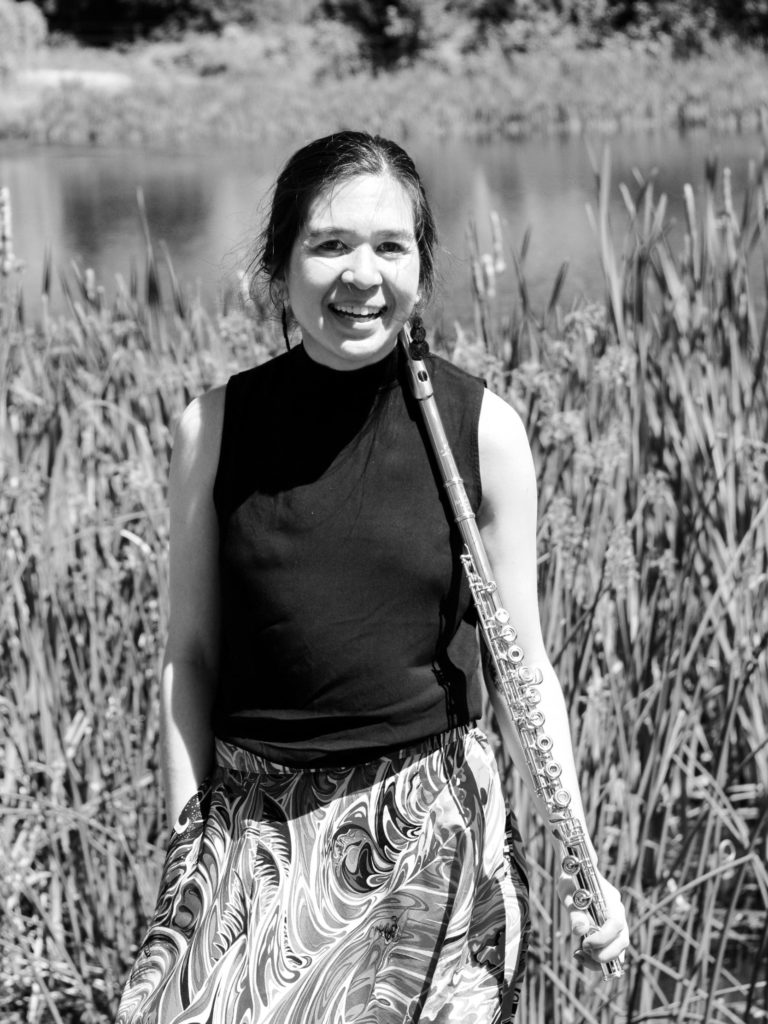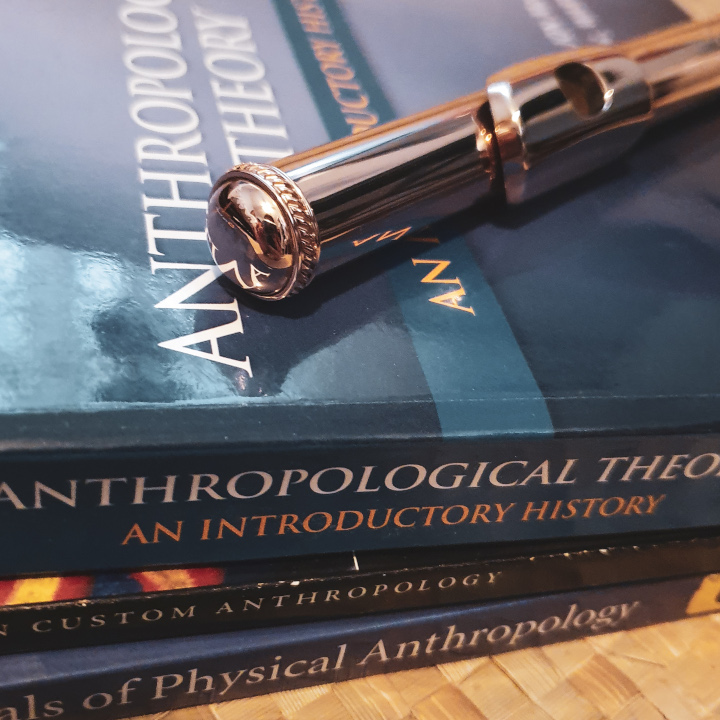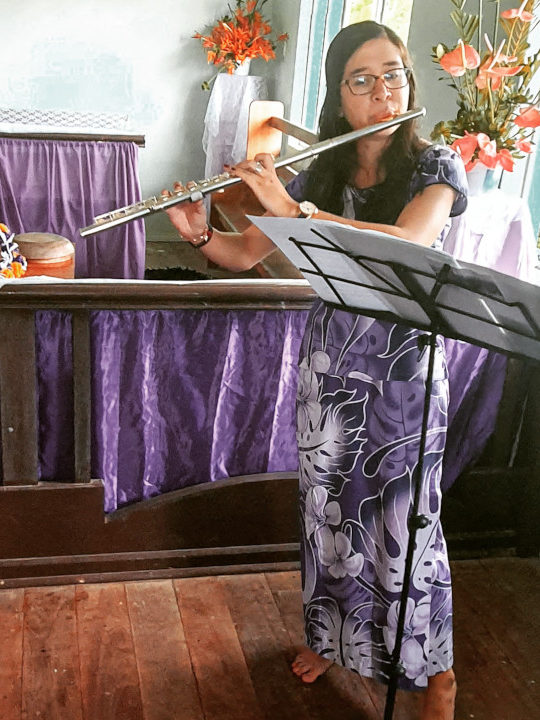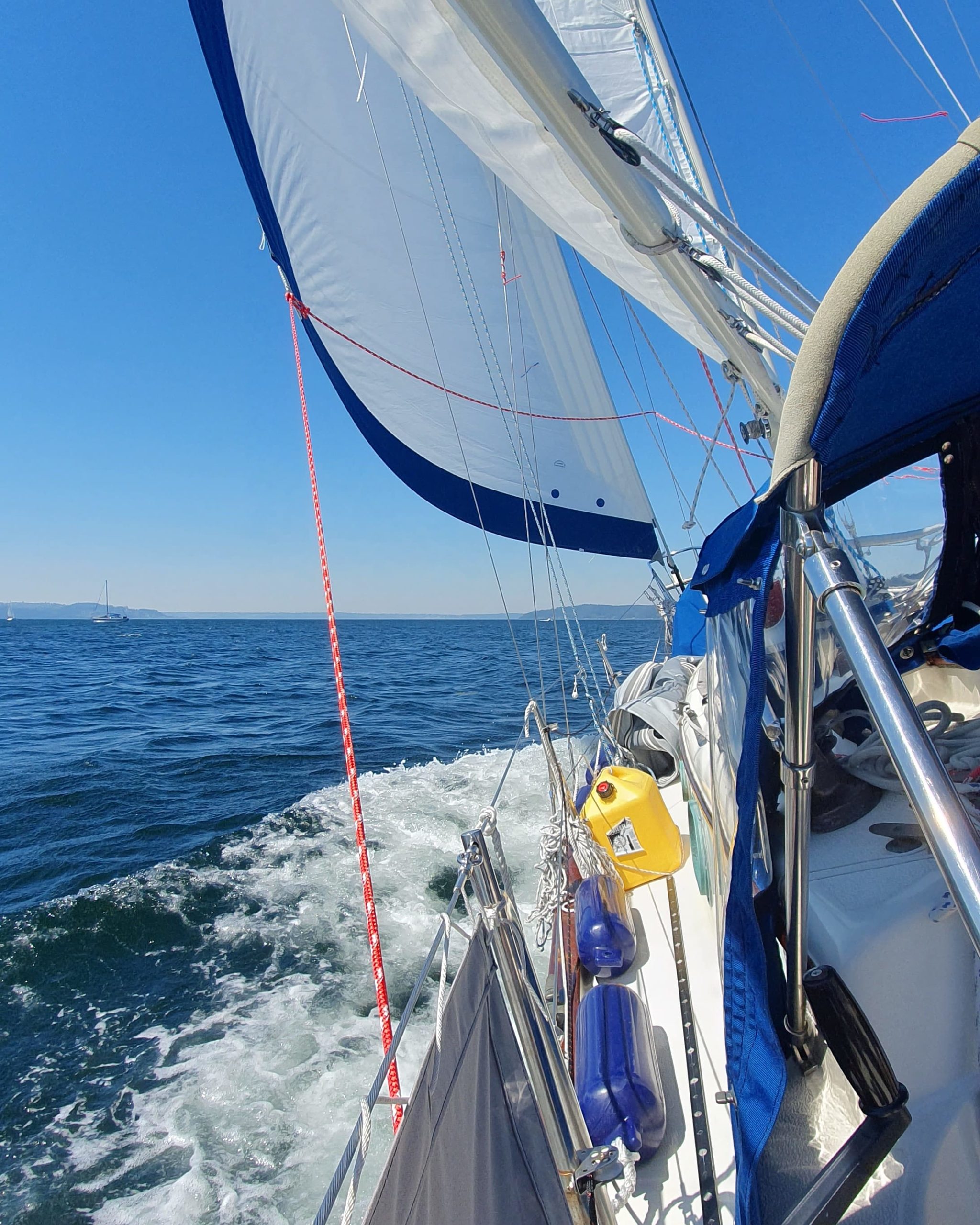
Hi, I’m Nicole!
I’m here to share stories about music history from perspectives you don’t cover in school.
Grab a cup of coffee, pull up a comfy chair, and let me tell you how this all began.
When I walked into my first flute studio class in college, I received a list of recommended repertoire to learn throughout my undergrad in Music Performance. This was fine, for a while – there were plenty of cool, creative pieces to explore. But when I became principal flutist of my university orchestra, I was suddenly faced with a much stricter and narrower set of expectations surrounding the way I looked, sounded, and interpreted music. When I asked why I needed to play to this specific aesthetic, my teacher only said “that’s just the way it is.”
I’m super stubborn, and resisted conforming to those expectations because I felt stuck. On top of the pressure of delivering “perfect” performances, I felt like I was losing my sense of identity and my ability to express myself through music. And I started to wonder if the sounds coming out of my flute were really “music” if that connection was gone.
Breaking free of the practice room also led me to study abroad in Kenya and spend a few years working in youth development – including two years developing educational resources for library programs in remote communities in Fiji. I loved working with grassroots youth organizations because their framework fostered the type of community support that I never felt from my studio experiences as a flute student. Applying the skills I learned abroad to music education has been a huge healing process. But I’ve also come to realize that while I miss playing in orchestras, my old relationship with classical music is no longer a good fit.

How can I reconnect with classical music, but retain my sense of curiosity and exploration?
Is there a way to reconcile my love for older styles of music with my identity as a modern woman?
And how can we frame Western music within a global, human perspective instead of elevating it blindly?
If you’ve ever wondered those things too, you’re in the right place ♡
In order to move forward as modern musicians, we need to take an honest look at some old classical traditions often taken for granted. Being better informed about how we present classical music in the context of today’s society starts with taking a look at our roots – and that’s where I come in. I love exploring new points of view, and I’m not afraid to ask questions. Check out my blog for stories about women in flute history and alternate perspectives on classical music from previous eras. And stay tuned – I’ve got some cool resources in the works, and I’m excited to share them with you!

On to the fun stuff!
When I’m not playing music, you can usually find me curled up with a fantasy novel and a cup of tea or out sailing on Puget Sound.
When local mask guidelines allow, you can also find me performing with the ah tempo flute choir, based out of Woodinville, WA.
Still have some coffee left?
Come hang out on Instagram! Join my community @pualaniflute!
